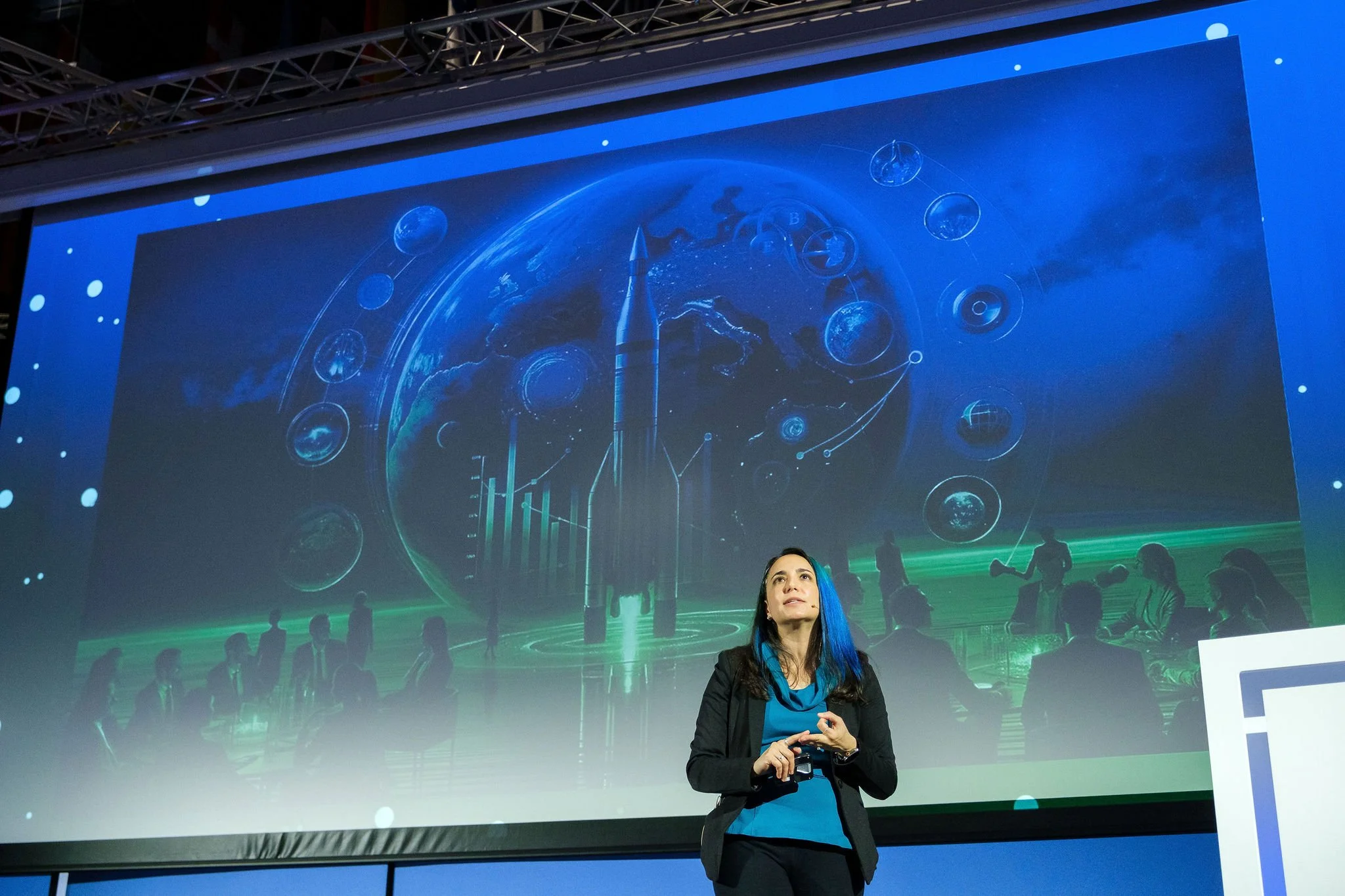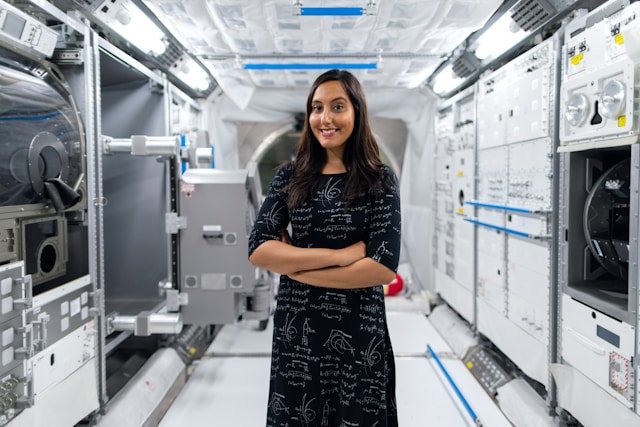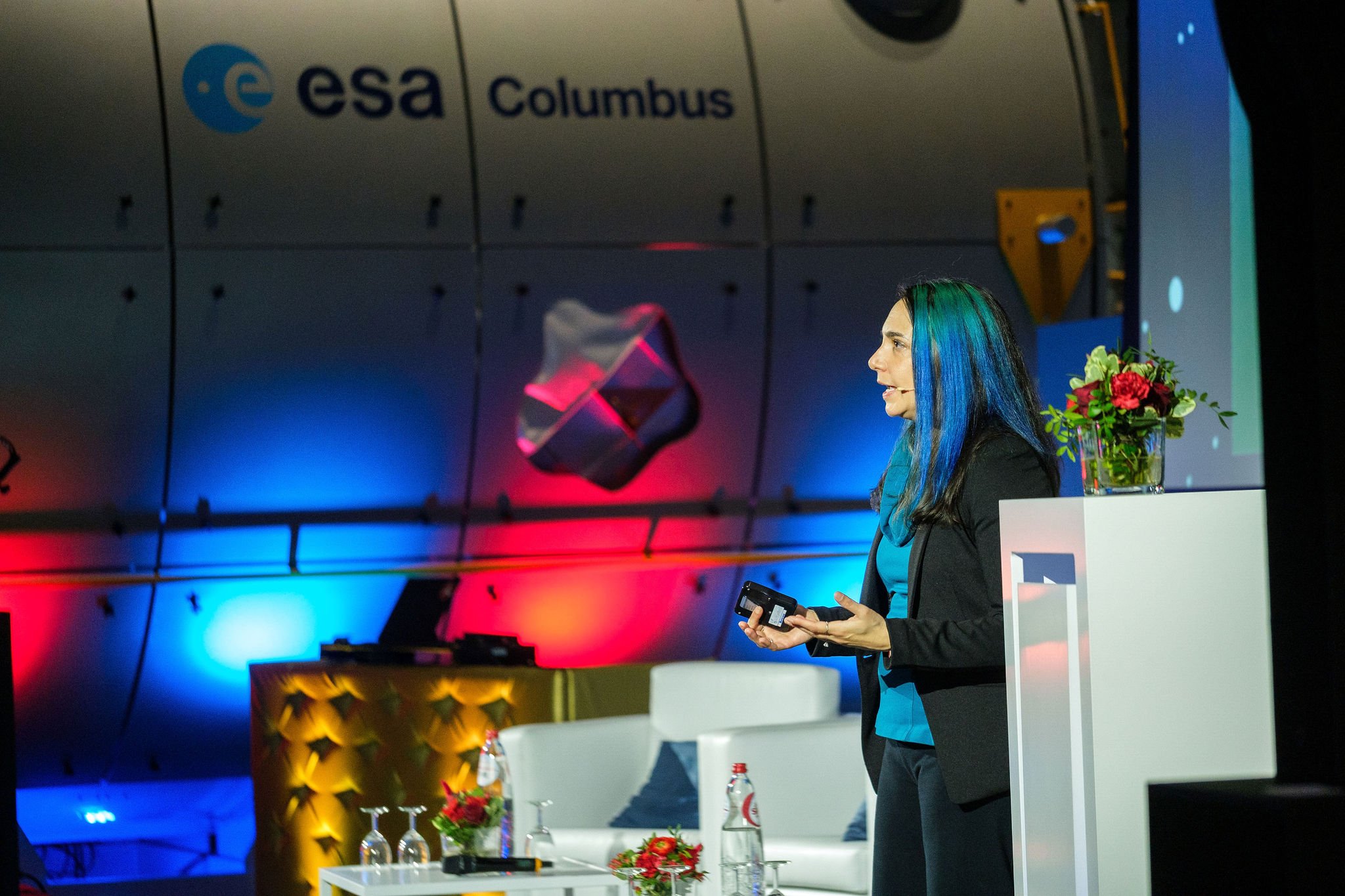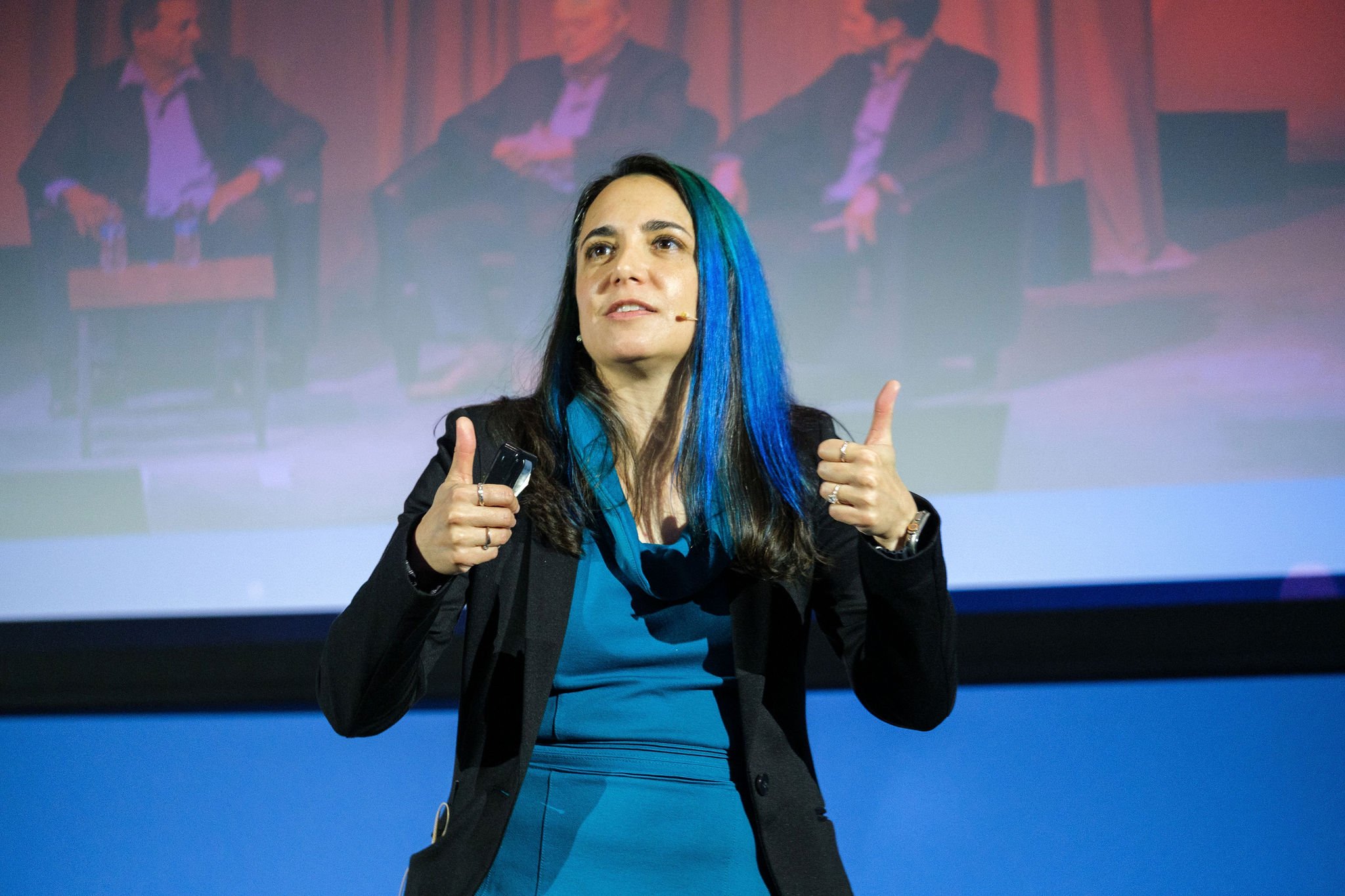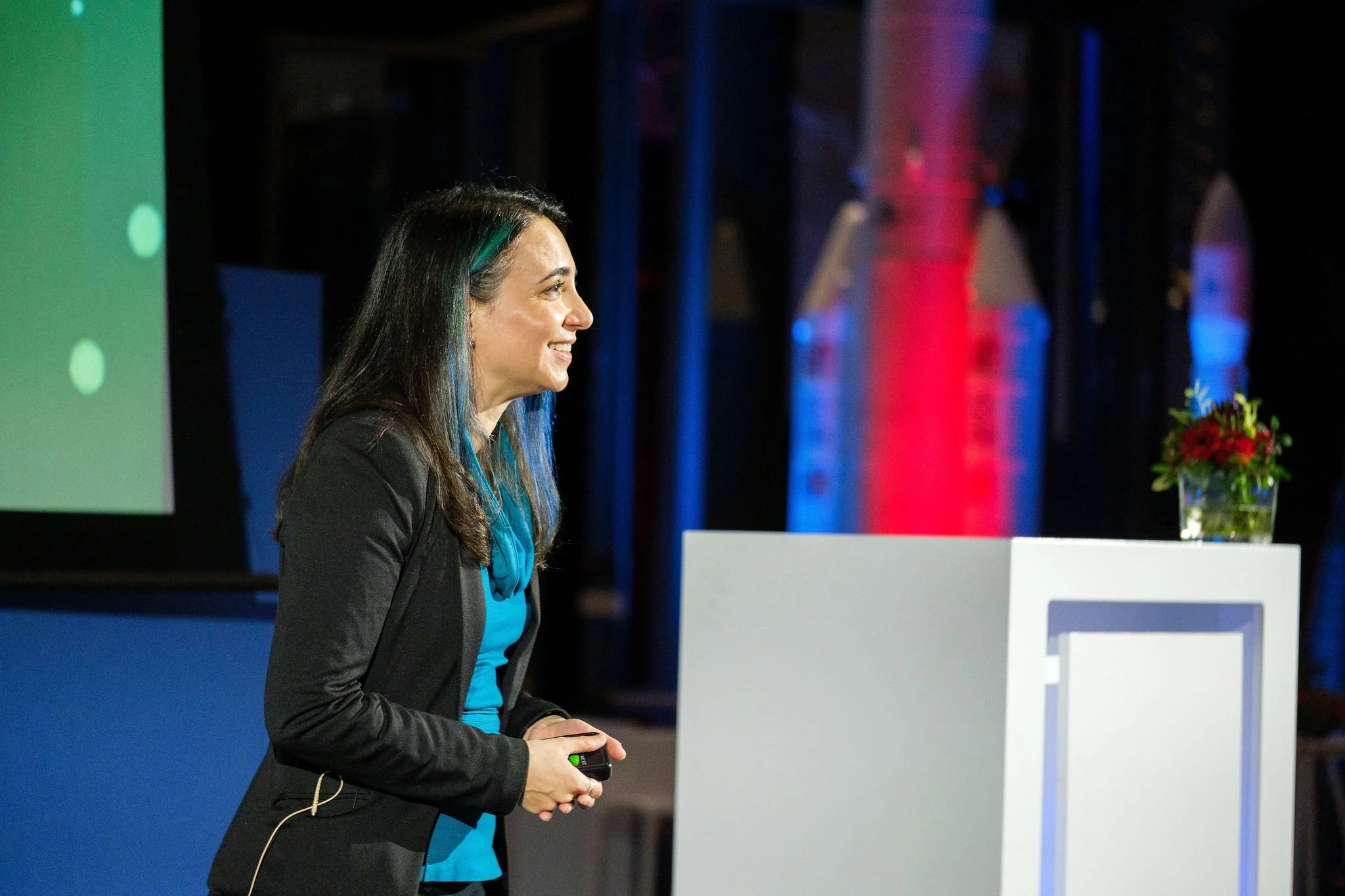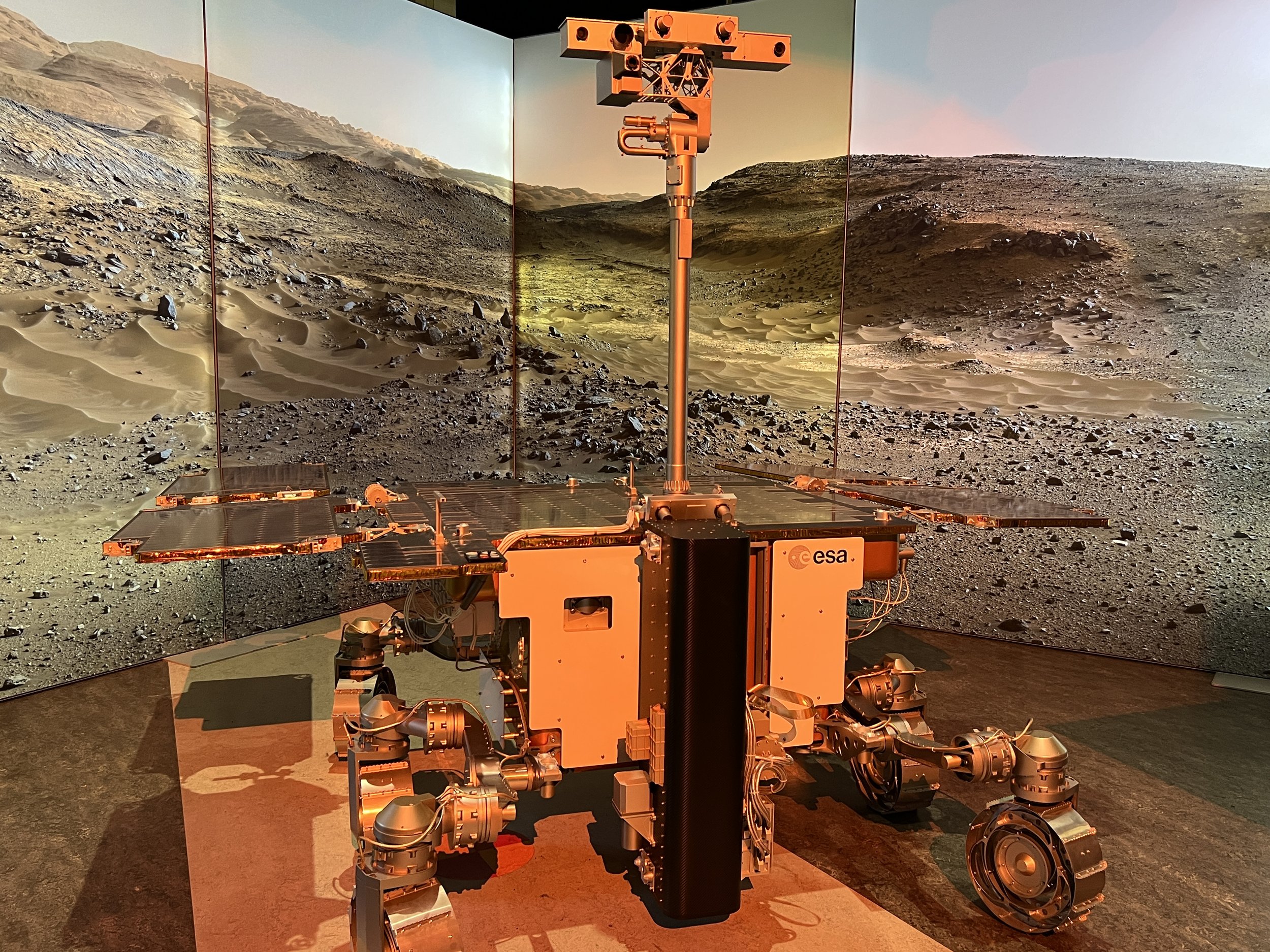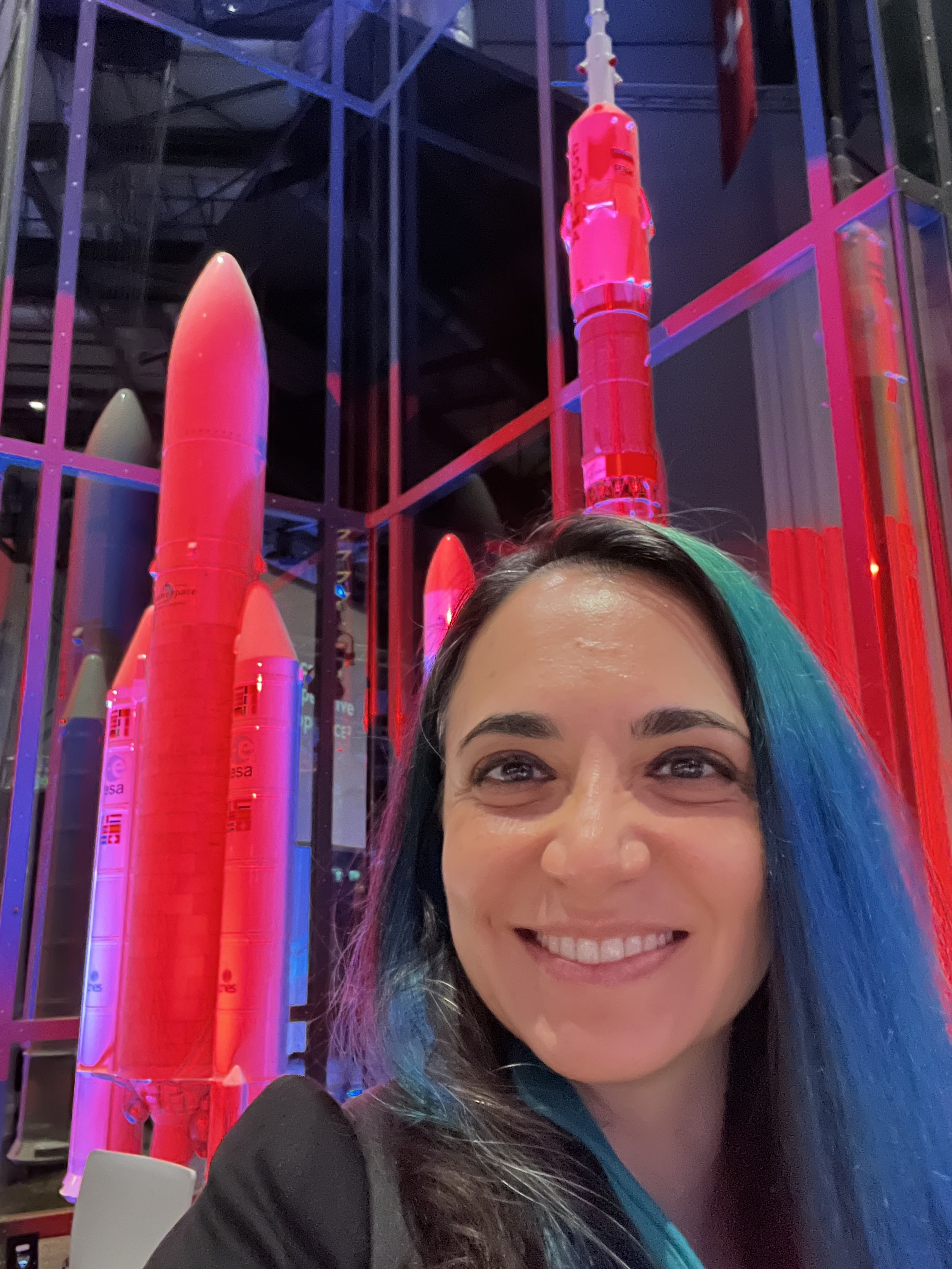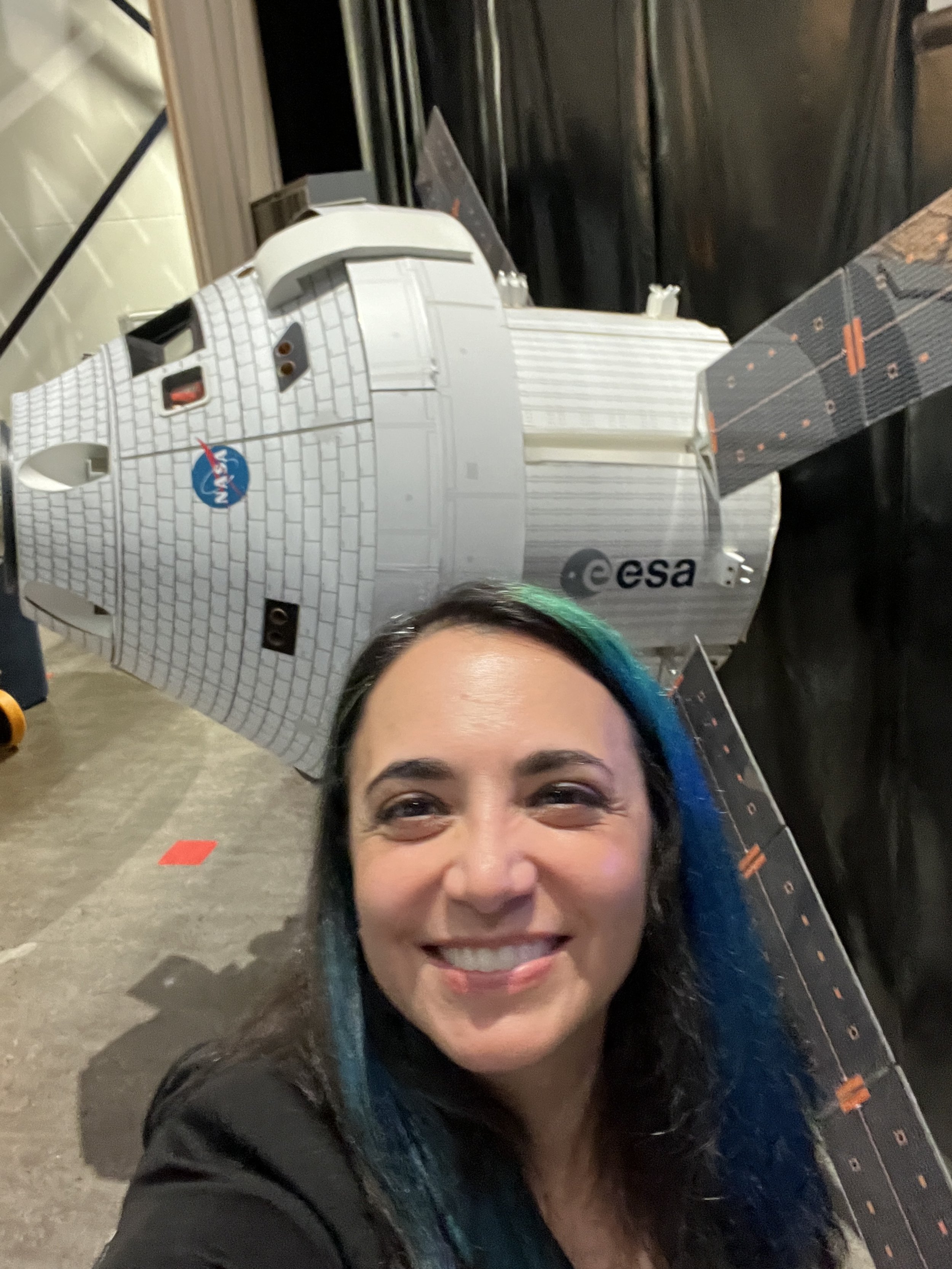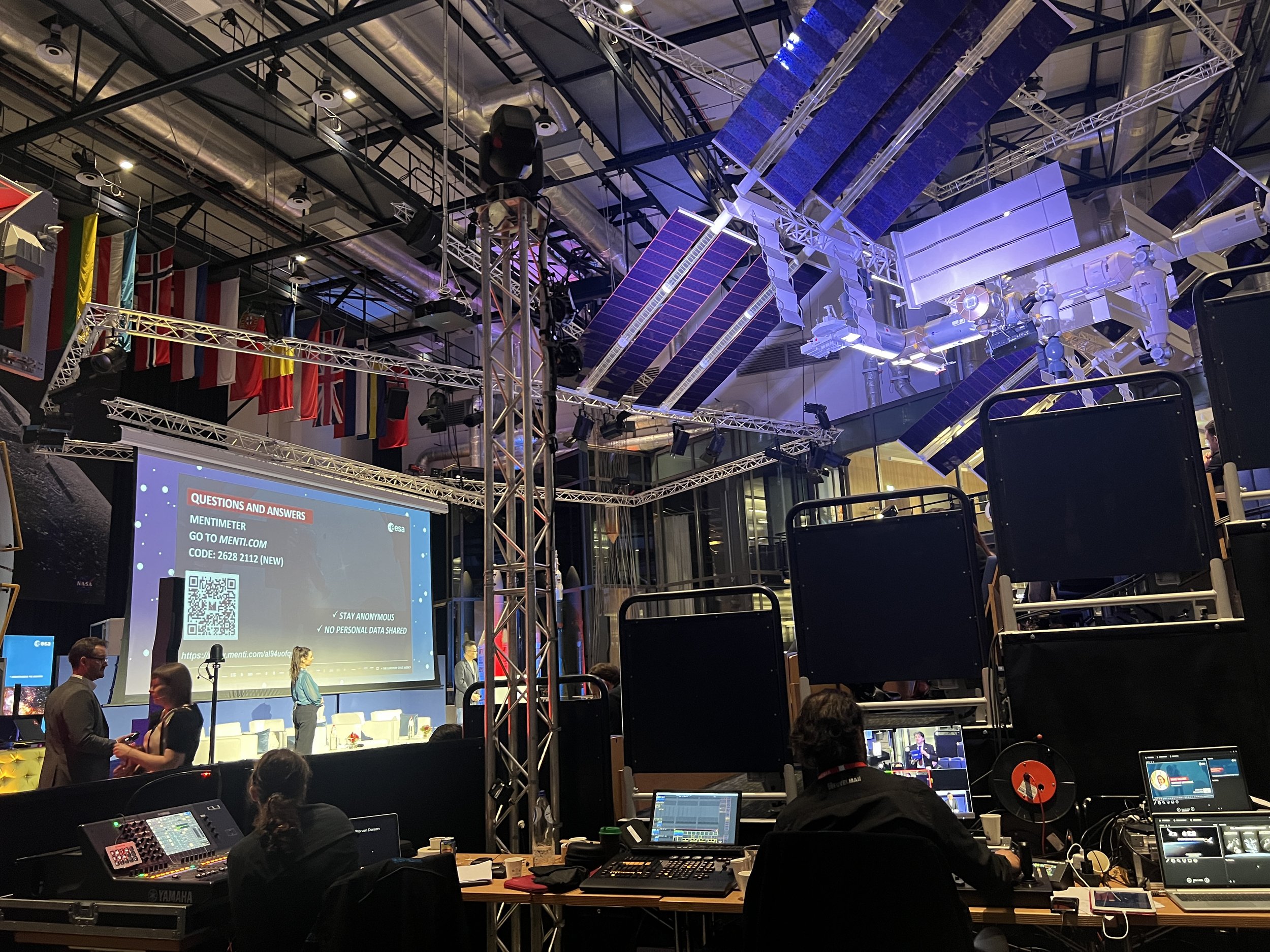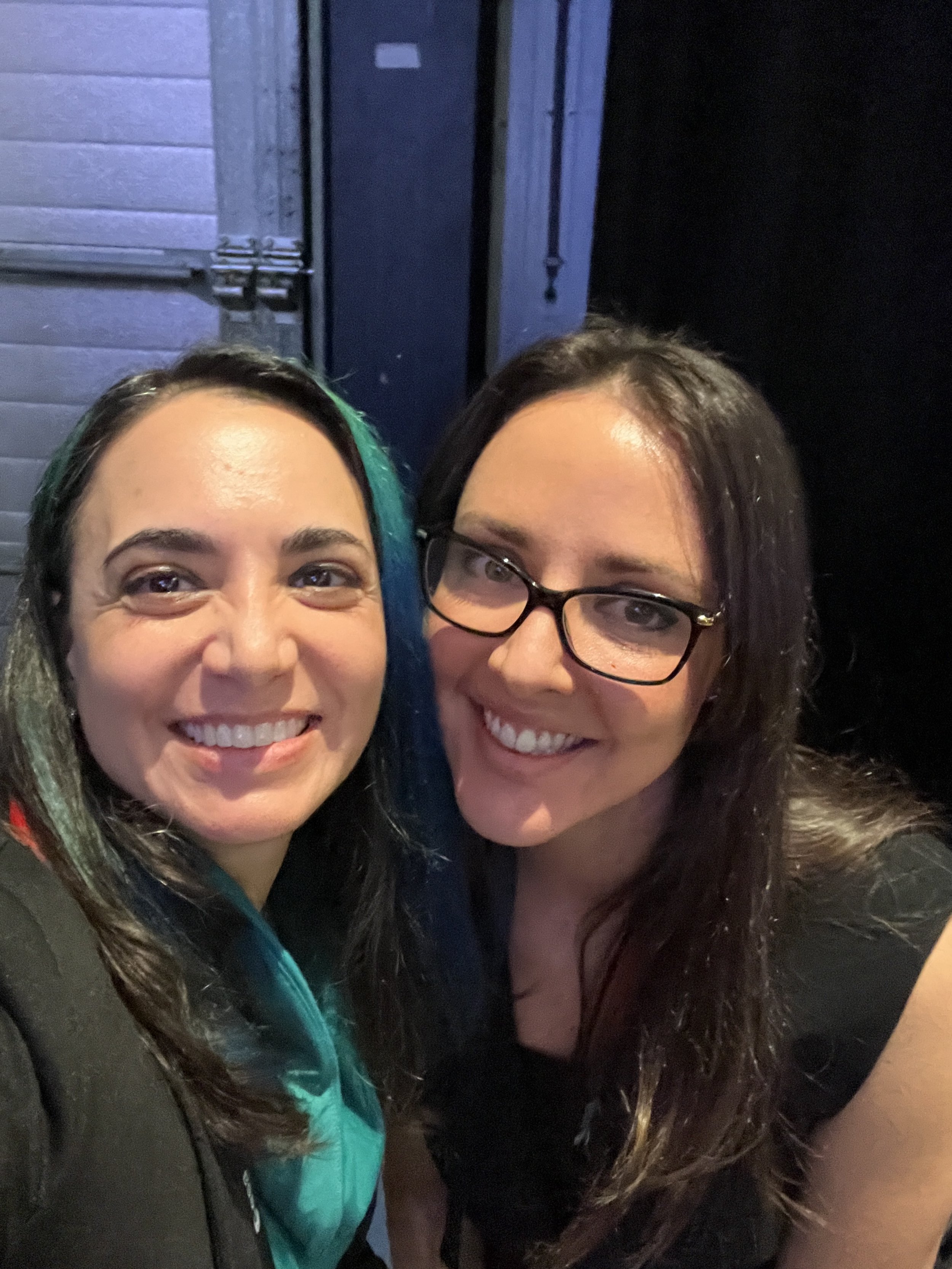All are Welcome in the Future of Space
Dr. Tiffany Vora gives a talk on the future of space at the European Space Agency | Image credits: European Space Agency - Business in Space Growth Network
All are welcome in the future of space!
In early 2024, I had the wonderful opportunity to speak at the 2024 Space for Inspiration conference, hosted by the Business in Space Growth Network of the European Space Agency. After 2 days of inspiring looks at progress for empowering humans to thrive on the Moon and Mars, I shared my thoughts about how the space sector stands to benefit from diversity—and how life in space makes life on Earth better.
Here are a few of my key points about the connections among diversity, innovation, creativity, and sustainability:
The space sectors demands all kinds of expertise
Sure, we focus on astronauts and engineers. But our future off Earth will benefit from including perspectives and expertise from other industries, too. We need healthcare workers, roboticists, electricians, teachers, artists, coders, policymakers, communicators, coaches, and many, many more people with diverse areas of expertise. Plus, who knows what the still-to-be-defined space “jobs of the future” will be? The bottom line is, if you want to be part of the space community, you don’t need to be in a traditional space career!
The space sector needs more women and nonbinary people
Female space operations engineer in space tunnel | Image credits: Unsplash
While more women are entering the space industry these days than two decades ago, the field still leans heavily towards men. There's a need for continued efforts to bridge this gap. The future space workforce can only benefit by welcoming women, nonbinary people, and others to the current talent pool—particularly in leadership roles. More people means more creativity, and more creativity means a better shot at a better future.
Leadership for space is leadership for the future
Like other industries, space is an opportunity for leaders to think not just about the next launch, the next product, the next service. We can push for big, bold thinking. We can be constructive leaders who manage uncertainty and help other leaders grow. We can prioritize sustainability by design—not as a bonus, but as a priority from day zero. And our leadership can embrace a legacy mindset that will make it more likely that our economies and our communities off Earth don’t just survive, but thrive.
Inclusive collaboration is how we’ll build the future, together
International and cross-industry partnerships can bring together unique strengths, fostering a unified effort toward an off-Earth future for humans that is sustainable—in several meanings of the word. Perhaps the thing that I love best about the space community is our commitment to the long view … even the very, very long view! We don’t need to choose between life on Earth and live in space. We can have them both—if we make the right choices today.
With both the private and public sectors driving the future of space, prosperity, innovation, and peace are possible for both Earth and space. But we have to make the right decisions today in order to build a better tomorrow.
The amazing community at this European event is made up of the leaders and pathfinders that will take us to the stars. I’m grateful I had a chance to contribute. What can your unique experiences, skill sets, and background contribute to build a stronger and better space sector?
Photos at the Space for Inspiration Conference
About Tiffany
Dr. Tiffany Vora speaks, writes, and advises on how to harness technology to build the best possible future(s). She is an expert in biotech, health, & innovation.
For a full list of topics and ways to collaborate, visit Tiffany’s Work Together webpage.
